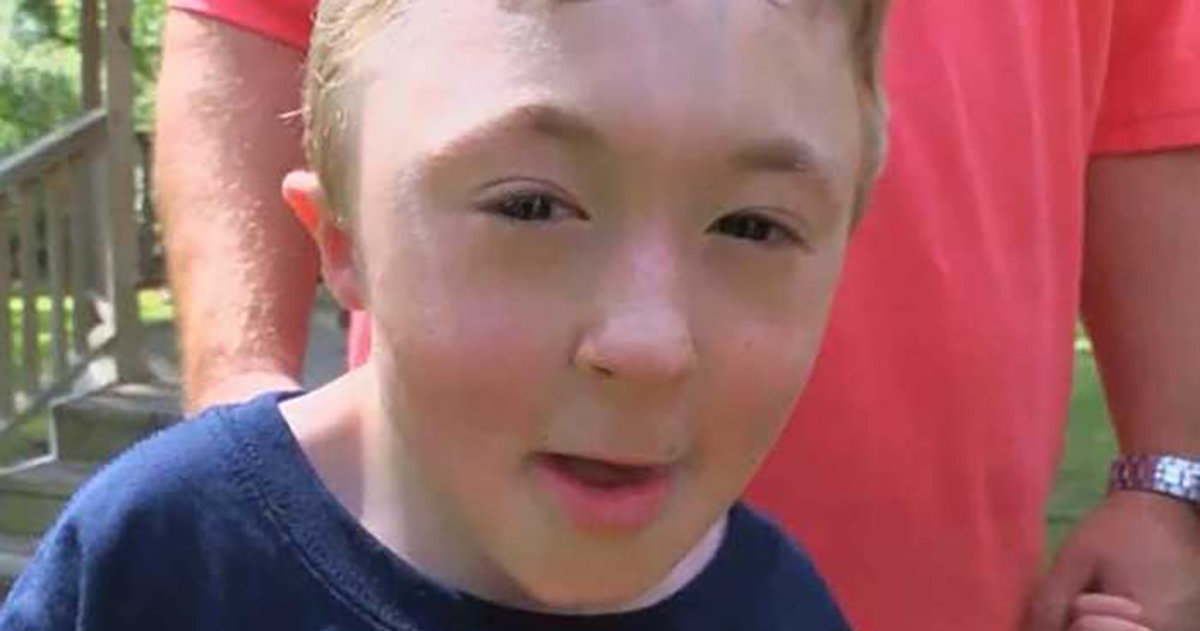Symptoms Of Aarskog Syndrome
Aarskog syndrome is a genetic disease mostly affecting males. This is due to a defective FGD1 gene on the X chromosome. Females have two X chromosomes, allowing a defective gene to be overwritten by a normal gene. Males, since they have just one X chromosome, have no normal gene to compensate if a defective gene is present. There are many symptoms associated with Aarskog syndrome, including bone and muscle abnormalities, genital defects, facial deformities, and cognitive delays. Aarskog syndrome is typically diagnosed by genetic testing in infancy or early childhood after presenting with multiple symptoms. With proper symptom-dependent treatment, those afflicted with the disease can live regular lives and have normal lifespans. Start reading now to get familiar with the trademark symptoms of Aarskog syndrome.
Distinctive Facial Features

One of the most visible symptoms of Aarskog syndrome is the distinctive facial features, including wide-set eyes with droopy eyelids. The nose is small with a broad bridge, and the nostrils are flared upward. Ears are low-set on the side of the head, and the lobes are thick and fleshy. Often, the space between the nose and the mouth is much longer than normal, and the upper jawbone is underdeveloped. This contributes to the look of a flat, round face.
Surgery and orthodontics can help alleviate severe or painful jaw deformities. Cleft lip and cleft palate are common with Aarskog syndrome and can be repaired with surgery. Individuals with this disease may have a widow's peak hairline across a broad forehead. Teeth are often missing at birth, and it may take much longer for baby teeth to come in. Tooth enamel is often underdeveloped, leaving teeth vulnerable to decay.
Keep reading to learn about more symptoms of Aarskog syndrome.
Muscle And Bone Malformations

Muscle and bone malformations can be minimal or debilitating in Aarskog syndrome. Babies are born of typical size, though growth is slow during childhood but catches up in the late teens. Individuals with Aarskog syndrome do not grow very tall. Common bone abnormalities are short fingers and permanently curved pinky fingers. Spina bifida, in which the vertebrae do not close around the spinal column, and scoliosis, a curvature of the spine, are also common malformations. Extra rib bones may be present in some cases.
Muscle malformations include congenital heart defects, inguinal hernia, umbilical hernia, and paralyzed eye muscles. Congenital heart defects can present with no symptoms or can develop into heart failure. Hernias happen when parts of the intestines push through unusual openings in the muscles that line the abdominal cavity. Some heart defects and most hernias can be repaired with surgery.
Continue for more on the various symptoms of Aarskog syndrome.
